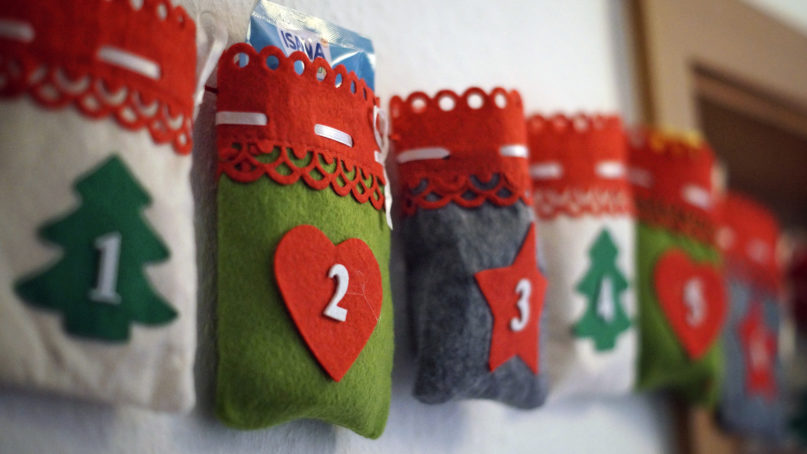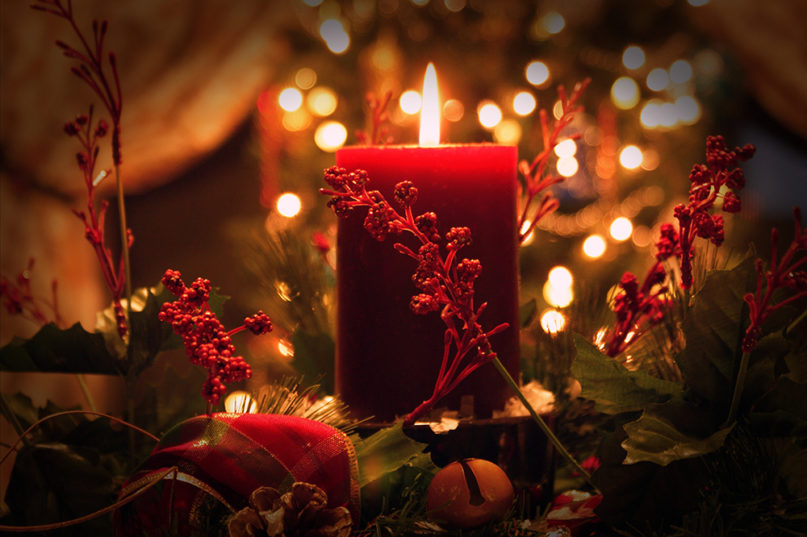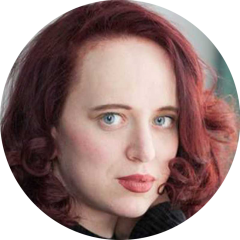(RNS) — A fellow Anglo-Catholic friend and I found ourselves at our first holiday-time party last week, bracing for the political choice of the season: whether to wish friends and acquaintances a “Merry Christmas” or a “Happy Holidays.” My friend offered an Advent season trump card: “A penitential Advent to all ye miserable sinners.”
He was joking, of course, but my friend had hit on something very real. Bolstered by the coziness of its secular trappings, Christmas has become a purely celebratory season for many in the wider culture — a time for mulled wine, for eggnog, for Handel’s “Messiah” and local tree lightings and other forms of reassuring domesticity. My own Christmas calendar is, admittedly, as much a distillation of my social whirl — annual parties for the residents of my apartment building, bookstore parties and screenings of Metropolitan at the Metrograph — as it is a theologically derived understanding of the Incarnation.
This isn’t altogether a bad thing. The kind of commonality fostered by the Christmas season is the closest thing we have, in contemporary life, to “liturgical time”: the promise of Christmas, in carols played in stores and in Christmas trees for sale on street corners, unites us, whether or not we affirm or believe in a kind of moral and ideological community. The schedule itself, from Black Friday’s shopping frenzy to the quiet of Christmas Day, points to a kind of life lived sacredly and in common.
Gentlemen resting merrily and other signs of holiday spirit unite not just blood families but chosen ones: neighbors and friend groups. It’s a powerful corrective to the social atomization that takes hold for the other 11 months of the year. The Advent season may be the last socially acceptable vestige of a liturgical life lived in common on a grand scale.
In this sense, the conviviality of Advent is the closest thing we have to a civic “church.” We are making community real with every party we attend, sometimes in specifically non-conforming celebrations like the increasingly ubiquitous Friendsgiving, which became a viral phenomenon shortly after 2014. Our cultural love of “Christmas stuff,” independent of its theological content, points to the way community has become the primary material of our spiritual and religious lives.
But, that said, it’s easy to forget that Advent is as much about the agony of waiting for the new Jerusalem as it is about the childlike anticipation of Christmas morning. That carol sung so early and so often in Advent, “O Come, O Come, Emmanuel,” is about the ache of longing for a world profoundly transformed.

An Advent calendar. Photo by MaxPixel/Creative Commons
We await at once the Incarnation — that moment in which God entered the world as a vulnerable child — and the Second Coming, in which the fractured world is at last made whole.
It’s little wonder that we don’t dwell on this aspect of Advent. The joy of Christ’s birth cannot be disentangled from the foreknowledge of his death, nor from the no less visceral hunger that we feel for the redeemed world he ushers in. Advent is as much about the darkness of our own times — their insufficiency, their brokenness, their sin — as it is about the light overcoming it. My friend’s suggestion for an alternative Christmas greeting was a sly whack at Fox News: You don’t hear their commentators chiding liberals for glossing over the dark contemplation that precedes the Nativity.
While we may wish one another Happy Holidays or Merry Christmas alike, it’s vital to remember that what Advent does best is capture the simultaneous glory and abasement, those dichotomies and paradoxes that characterize the heart of the Christian tradition, the dark and the light.
It is a season that challenges us to simultaneously foster families and communities and gatherings — the conviviality that foretells the bonds of love of the New Jerusalem — and to examine the ways in which our world, though Christ-haunted, is not yet the Kingdom of Heaven.
Advent is about the not yet, about the how long Lord, how long, about our hopes for the world to come and the world that we are figuring out — however slowly — how to build. It is about the O come, O come and our realization that the only way that our bleak midwinters make sense is against the backdrop of the vernal Resurrection.
It’s a “holiday season” that explores the long and necessary arc from sorrow to joy: one that challenges us to at once start to build the world we long for and yet reminds us that we are ultimately not in control of that world, despite the efforts we are called to impart. We are, rather, in perpetual waiting — ever hopeful — for the one who is.






